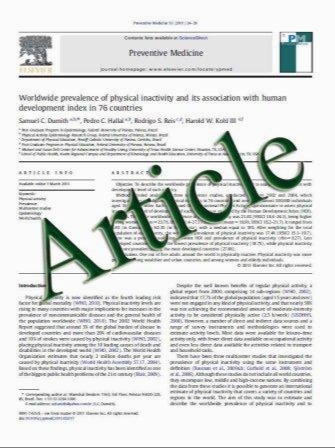Cloning and characterization of a 9-lipoxygenase gene induced by pathogen attack from Nicotiana benthamiana for biotechnological application
- نوع فایل : کتاب
- زبان : انگلیسی
- مؤلف : Fong-Chin Huang and Wilfried Schwab*
- چاپ و سال / کشور: 2011
Description
Background: Plant lipoxygenases (LOXs) have been proposed to form biologically active compounds both during normal developmental stages such as germination or growth as well as during responses to environmental stress such as wounding or pathogen attack. In our previous study, we found that enzyme activity of endogenous 9-LOX in Nicotiana benthamiana was highly induced by agroinfiltration using a tobacco mosaic virus (TMV) based vector system. Results: A LOX gene which is expressed after treatment of the viral vectors was isolated from Nicotiana benthamiana. As the encoded LOX has a high amino acid identity to other 9-LOX proteins, the gene was named as Nb-9-LOX. It was heterologously expressed in yeast cells and its enzymatic activity was characterized. The yeast cells expressed large quantities of stable 9-LOX (0.9 U ml-1 cell cultures) which can oxygenate linoleic acid resulting in high yields (18 ىmol ml-1 cell cultures) of hydroperoxy fatty acid. The product specificity of Nb-9-LOX was examined by incubation of linoleic acid and Nb-9-LOX in combination with a 13-hydroperoxide lyase from watermelon (Cl-13-HPL) or a 9/13-hydroperoxide lyase from melon (Cm-9/13-HPL) and by LC-MS analysis. The result showed that Nb-9-LOX possesses both 9- and 13-LOX specificity, with high predominance for the 9-LOX function. The combination of recombinant Nb-9-LOX and recombinant Cm-9/13-HPL produced large amounts of C9- aldehydes (3.3 ىmol mg-1 crude protein). The yield of C9-aldehydes from linoleic acid was 64%. Conclusion: The yeast expressed Nb-9-LOX can be used to produce C9-aldehydes on a large scale in combination with a HPL gene with 9-HPL function, or to effectively produce 9-hydroxy-10(E),12(Z)-octadecadienoic acid in a biocatalytic process in combination with cysteine as a mild reducing agent.
Huang and Schwab BMC Biotechnology 2011, 11:30 http://www.biomedcentral.com/1472-6750/11/30


